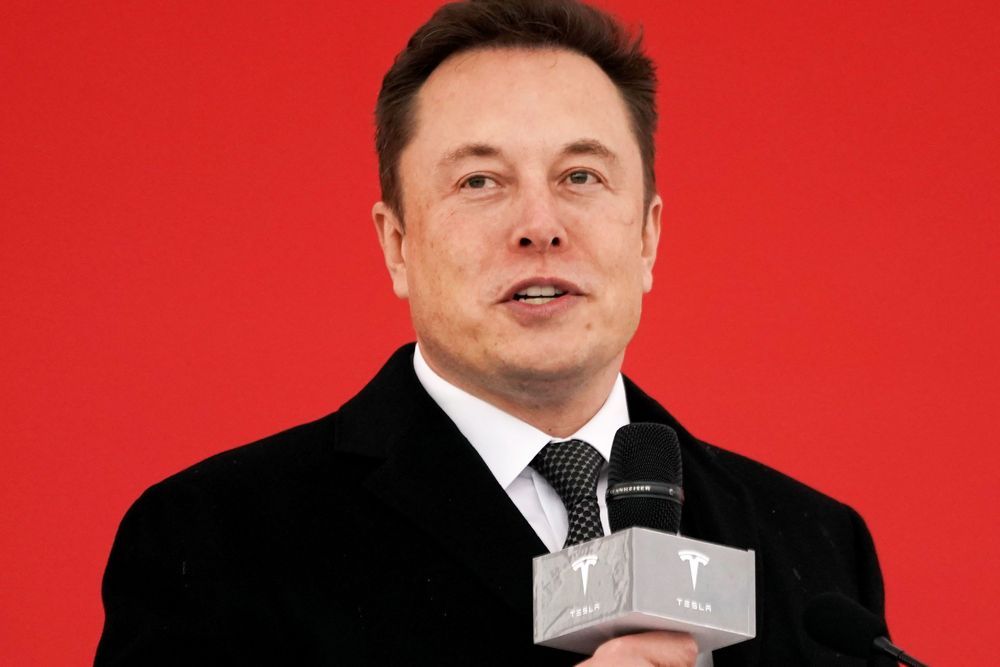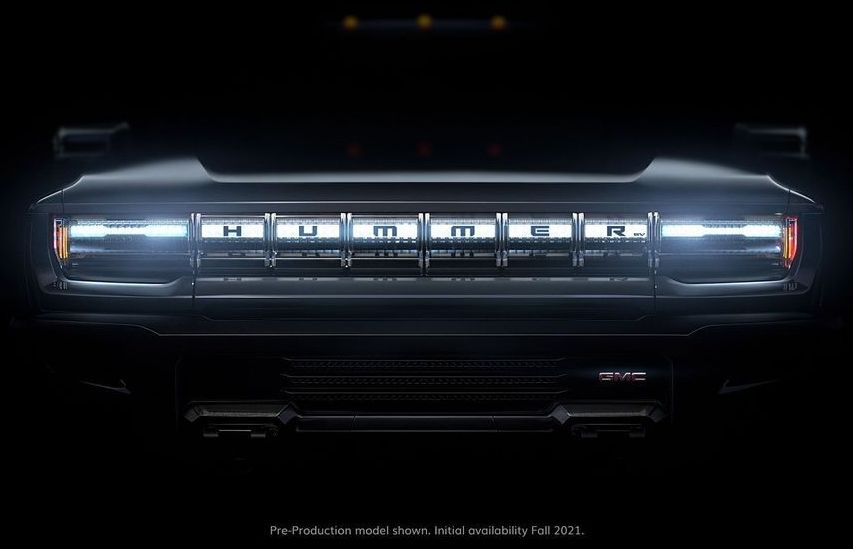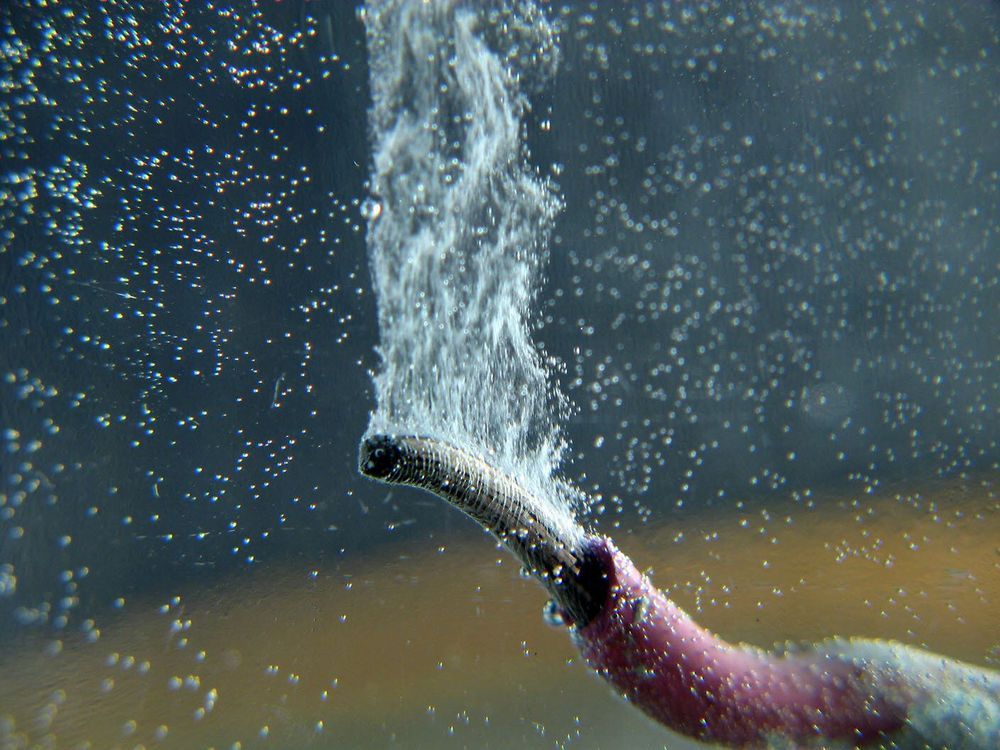Elon Musk’s carmaker reported net income of $331 million on revenue of $8.77 billion in the third quarter.



Volcon is the latest startup hoping to bite off a piece of the growing electric motorcycle pie. The company’s new Volcon Grunt is poised to fill a gap in the market with an interesting mix of specs and pricing.
Volcon Grunt electric motorcycle unveiled
The Volcon Grunt is a fat tire electric motorcycle of sorts that doesn’t just talk the talk.

Elon Musk announced that Tesla’s Full Self-Driving beta test will indeed be rolled out tonight. The Full Self-Driving beta will feature improvements from Tesla’s Autopilot rewrite. Musk has described the upcoming FSD beta as “profound,” which has only fueled excitement for its release.
While Musk confirmed the rollout of FSD’s limited beta, he did set some realistic expectations to the electric car community. The CEO stated that this limited beta will be rolled out in an “extremely slow and cautious” manner, likely to maximize safety. This bodes well for Tesla’s public Full Self-Driving rollout, as it shows that the company is taking a very conservative approach with regards to the release of its autonomous driving features.
Earlier this month, the Tesla CEO gave the public some information about the FSD beta coming out tonight. He said that Tesla’s new FSD build will be “capable of zero-intervention drives.”
Watch this video. You’ll want to remember where you were when the uprising truly began.

As the Ford Bronco and Jeep Wrangler battle over traditional off-road supremacy next year, General Motors has its sights set on a new segment with a different competitor: Tesla.
The Detroit automaker resurrects the Hummer on Tuesday night as an all-electric “supertruck” that’s set to go on sale in roughly a year – likely ahead of Tesla’s Cybertruck. It will be GM’s first real test as a competitor against Tesla. It also will be the first vehicle with the company’s next-generation EV platform and batteries, known as Ultium.
GM had the time and resources to bring back Hummer with an internal combustion engine to directly compete against the upcoming Bronco and Wrangler, but decided against it.
The worlds fastest car!?
The title of world’s fastest production vehicle is now snatched by the SSC Tuatara from the hands of Bugatti.
The 1750hp hypercar recorded an average speed of 508.73 km/h on a pair of record runs. The car hit 532.93 km/h on the faster run; it hit 485.54 km/h on the slower run.
Tuatara is the latest creation of a boutique American car company, SSC North America, founded by Jerod Shelby in 1998. The car fetches a 5.9Litre V8 engine with 1750hp horsepower and 1735 N/m torque, weights at 1247 kg, with a whopping $1.6million price tag.

This eVTOL air taxi design looks like a weird helicopter/plane hybrid, but it’s the safest of all the eVTOL designs we’ve ever seen, and it has another killer advantage in that it requires no special certification. That’s huge news in the emerging 3D commuting market, because it could make this thing much, much cheaper to get off the ground.
To understand why this thing is such a great idea, let’s recap two of the main hurdles that every other eVTOL designer is facing: safety and certification. The safety issue seems huge to us, although many of the eVTOL manufacturers we speak to don’t seem to see it as insurmountable. In a total failure scenario, all eVTOLs designed around multiple small rotors have a bit of an issue: they’ll simply plummet to the ground.
You can solve this problem using a ballistic parachute that fires out and brings them down gently, but below a certain altitude, maybe 120 feet or so, these ‘chutes don’t have time to fully open and deploy, leaving these aircraft negotiating what we’ve been calling a “death zone” every time they take off and land. It’s only for a short amount of time, but the consequences of total failure in this zone would be equally total, and just one such crash in the early days of air taxi services would undermine passengers’ faith in the entire eVTOL sector.

Leiden chemists Marc Koper and Ian McCrum have discovered that the degree to which a metal binds to the oxygen atom of water is decisive for how well the chemical conversion of water to molecular hydrogen takes place. This insight helps to develop better catalysts for the production of sustainable hydrogen, an important raw material for the chemical industry and the fuel needed for environmentally friendly hydrogen cars. Publication in Nature Energy.
For years there has been a heated debate in the literature: how to speed up the electrochemical production of hydrogen on platinum electrodes in an alkaline environment? Chemist Ian McCrum watched from the sidelines and concluded that part of the debate was caused by the fact that the debaters were looking at slightly different electrodes, making the results incomparable. Time to change that, McCrum thought, who was a LEaDing Fellow postdoc in the group of Professor Marc Koper at the time.
University of Rochester researcher receives $1 million grant to study quantum thermodynamics.
It’s still more science fiction than science fact, but perfect energy efficiency may be one step closer due to new research at the University of Rochester.
In order to make a car run, a car’s engine burns gasoline and converts the energy from the heat of the combusting gasoline into mechanical work. In the process, however, energy is wasted; a typical car only converts around 25 percent of the energy in gasoline into useful energy to make it run.
